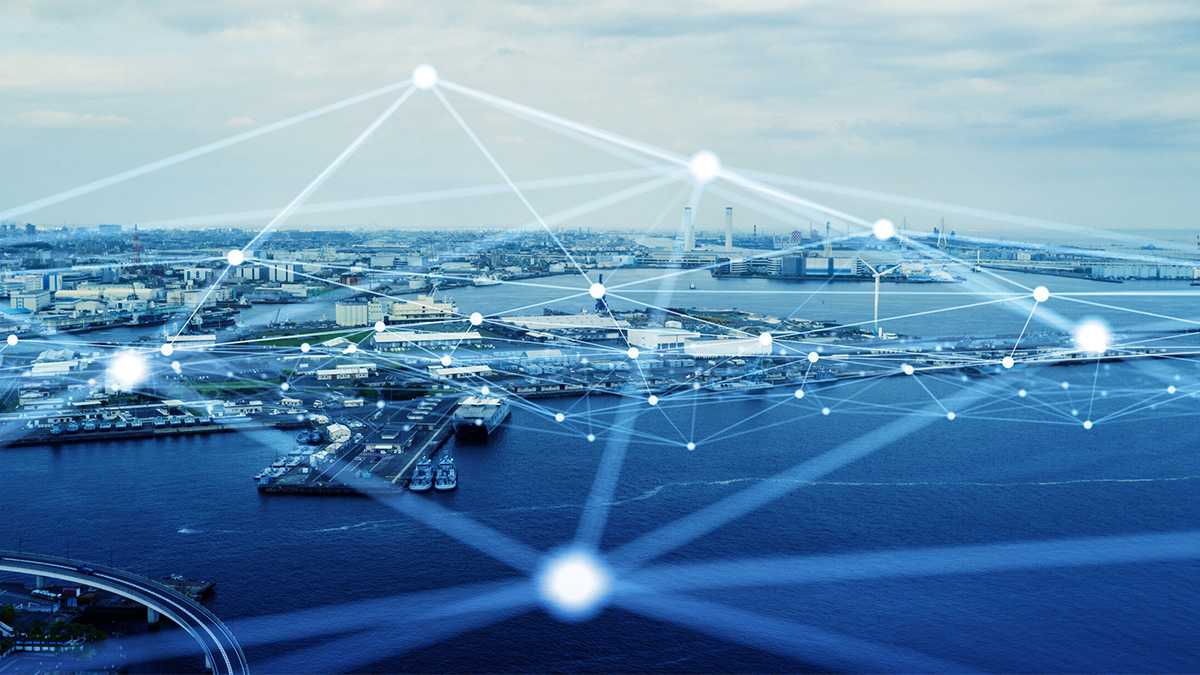In a very simply sense, Information and Communications Technology (ICT) is a variety of technologies that facilitate communications. ICT is often used to describe the convergence of several technologies, and the use of common transmission lines and communication formats to transfer diverse data types.
ICT is technology that is used to handle communications processes such as telecommunications, broadcast media, intelligent building management systems, audiovisual processing and transmission systems, and network-based control and monitoring functions.
Although ICT is often considered an extended synonym for information technology (IT), its scope is, in some ways, broader. ICT is often used in academics and educational institutions for audio-visual presentations, learning management systems, and assessment apps to help assess the progress of students.
What are the Components of Information and Communication Technology?
The ICT system consists of the following components:
- Cloud Computing
- Software
- Hardware.
- Transactions.
- Communication Technologies
- Data
- Internet.
However, ICT and computers are not the same thing. Computers are the hardware that is often part of an ICT system.
ICT systems are used in a number of environments, such as:
- Offices
- Shops
- Factories
- Aircraft
- Ships
They are also used in fields such as:
- Communications
- Medicine
- Farming
ICT systems are in some ways common and ordinary, yet they are extraordinary in how they can add extra capabilities to what we do and want to do.
Applications of Information and Communication Technology in Everyday Life
ICT is used in fields such as e-commerce, e-governance, banking, agriculture, education, medicine, defense, transport, etc. With technological advances, advanced computing infrastructure, sophisticated marketing strategies, and reduced cycle times with robotic process automation (RPA), ICT is playing a vital role. Information and communication technology can be used in various fields, including:
ICT in Entertainment
ICT offers a variety of entertainment and leisure activities and allows for quick access to movies or music that you can watch and listen to directly from the Internet.
ICT in Medical Science
ICT is related to the devices, resources and tools needed to improve the acquisition, retrieval, storage and use of information in health and biomedicine. ICT equipment is used to increase access to home care.
ICT in Finance
ICT allows rapid calculation of financial data and provides financial services companies with strategic and innovative benefits as well as electronic transfer of money, through the use of credit cards, or e-commerce, which includes the purchase and payment via the Internet and others. ICT helps deal with security concerns, legal issues and access to global markets.
ICT in Public Sector Management
ICT provides greater public access to information and facilitates many of the public administrative activities that require meeting economic, financial, structural and legal conditions. ICT also allows people to perform many different activities such as paying bills or renewing official documents, such as driving licenses and others, over the Internet.
ICT in Home Electronics
The use of ICT in domestic electronics is developing rapidly. It has made it possible to manage household utilities and appliances through systems that control lighting, home security, air conditioning, and others.
ICT in Education
Information and communication technology contributes greatly to education because it provides a better educational environment. ICT facilitates the communication of information to students through the use of computers, tablets, data displays, interactive electronic boards, and other formats.
ICT in Agriculture
ICT also helps empower rural people by providing better farming techniques, better access to natural resources, effective production strategies, and digital marketing strategies for agribusiness and financial services, etc.
ICT in Business
ICT systems allow managers and employees to make decisions quickly and accurately so that they can effectively manage the operations and processes of day-to-day activities, and rapidly predict business opportunities or threats.







.png)






